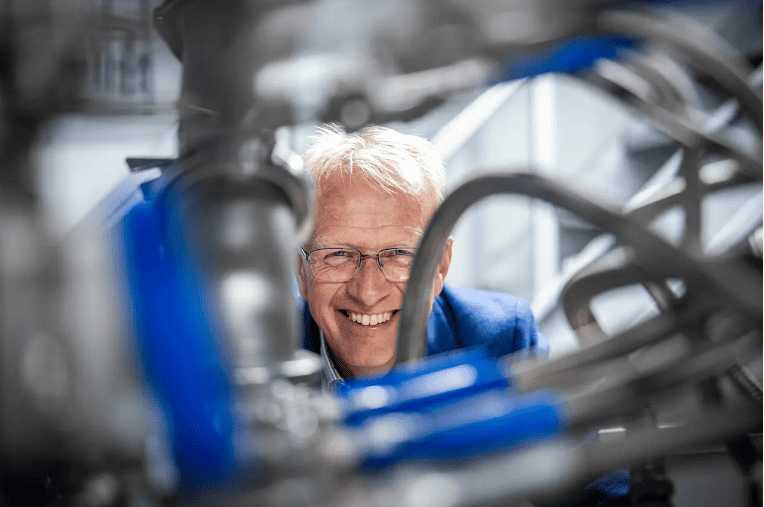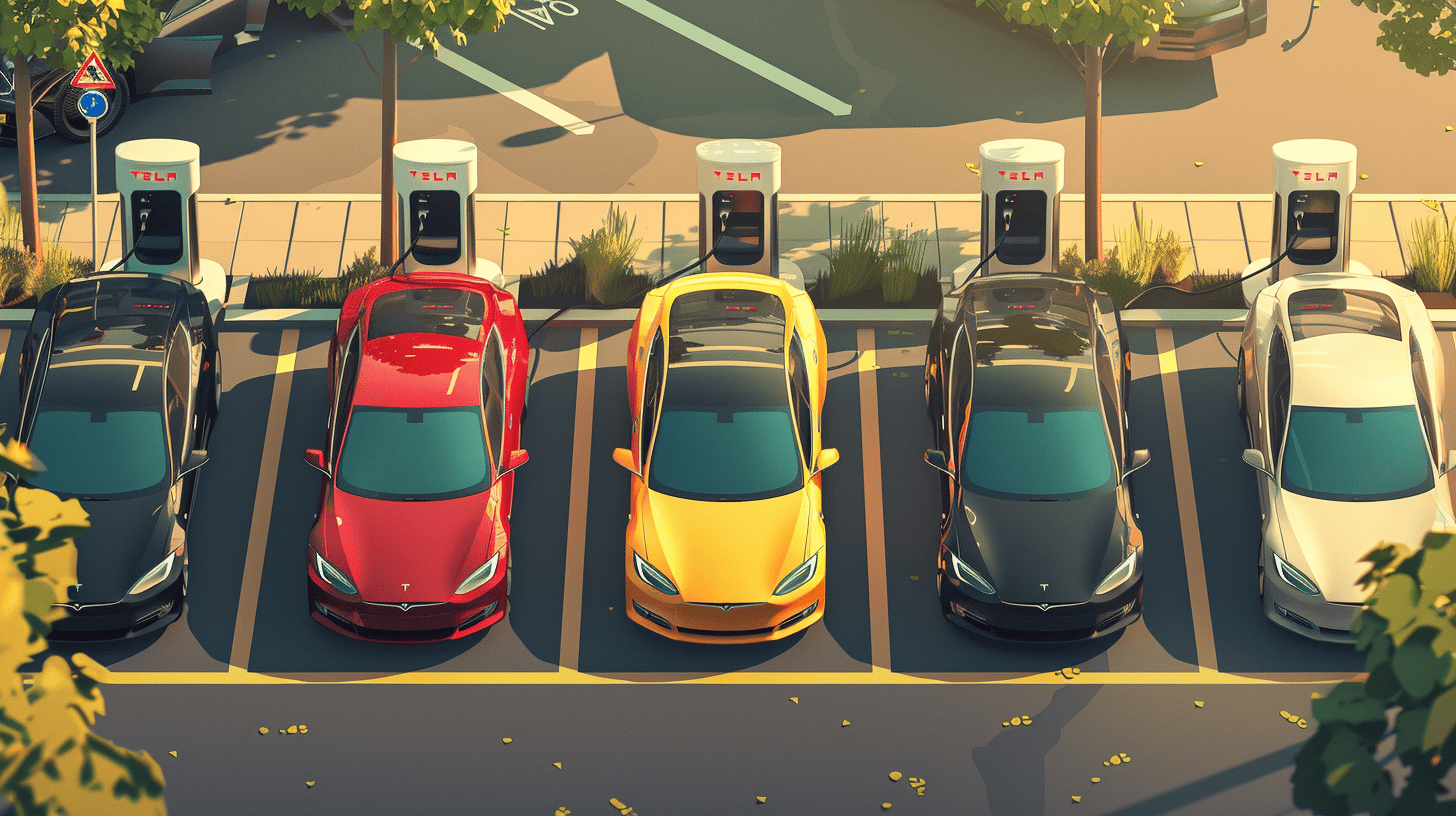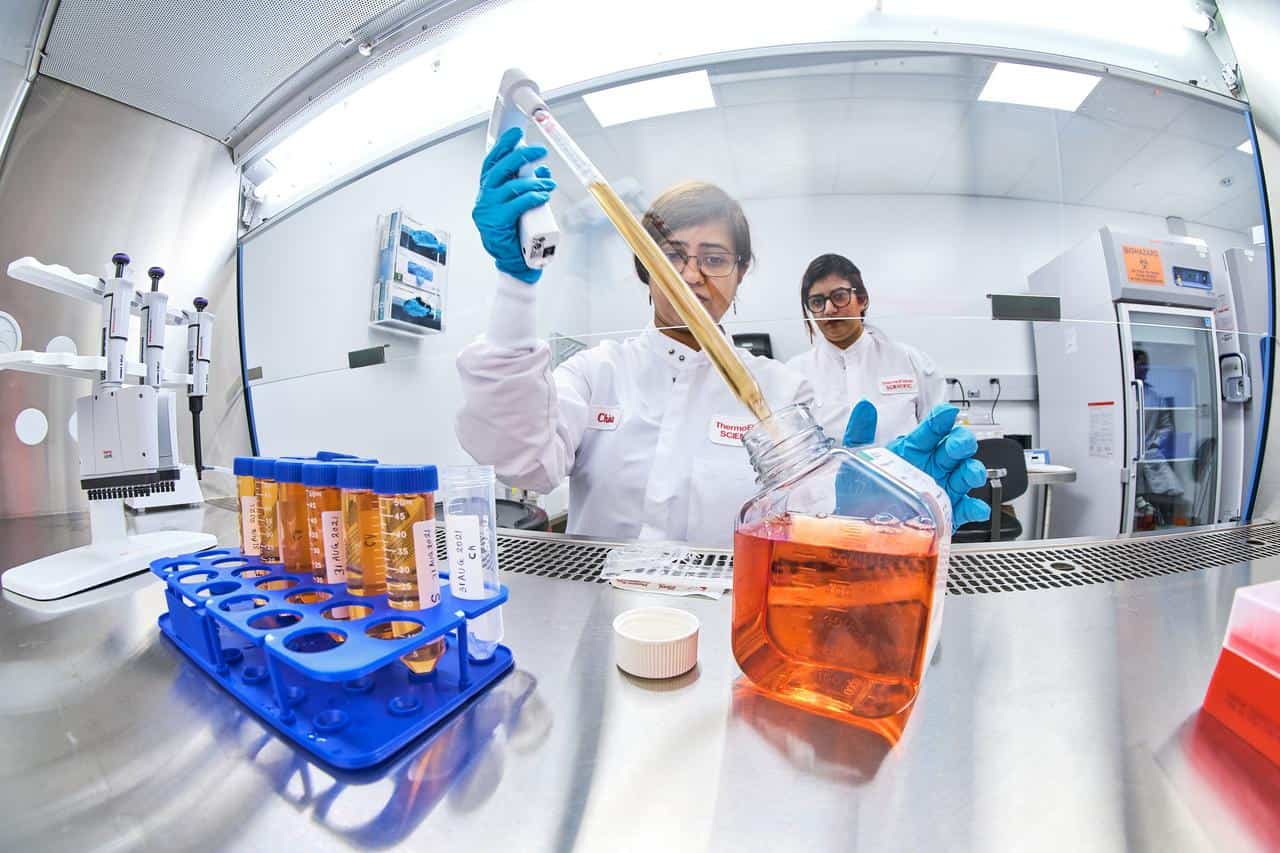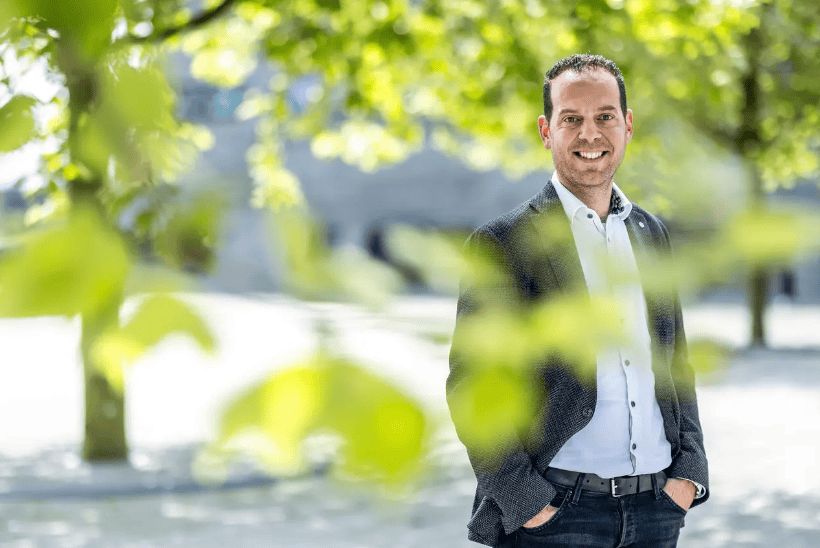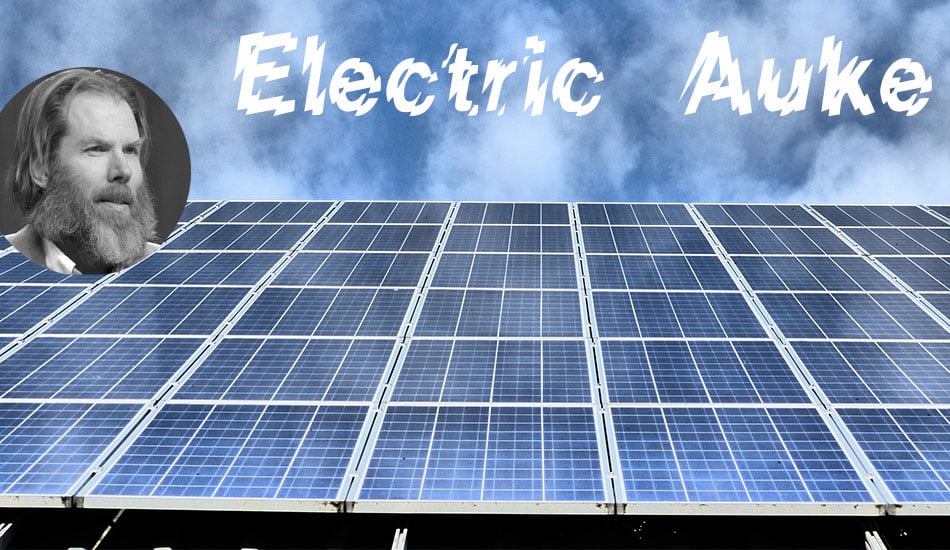
When it comes to making the earth more sustainable, claims are being made all over the place. But what is true? Together with sustainability expert Auke Hoekstra, better known on Twitter as ‘Debunker-in-Chief‘, Innovation Origins sets out to find this out for you. But this week it’s not about research or sustainability claims. Auke talks about his latest projects.
Auke is beaming when he appears on screen. He has landed a big project that he will soon be starting. In this Top Sector Energy project, Auke (along with many other bright minds) is going to map out what a more flexible energy grid should look like. Auke: “Grid managers are insisting that no more energy can be added to the grid. We want to map out a market for flexible energy use. For instance, processes that don’t have to be carried out immediately – such as laundry, charging cars at home or industrial manufacturing processes – can be moved to a time when there is a surplus of energy available. You can come up with different scenarios for this and see on interactive maps – which users can play around with themselves – precisely what the impact of moving these kinds of processes is.”
Auke and his team want to demonstrate to energy suppliers, grid operators and governments what is possible without immediately having to shore up the grid. “That’s a very expensive and radical undertaking. We want to show that we can also do plenty of other things. Now that our energy mix is becoming less constant due to the use of solar and wind energy, we will have to adjust our use accordingly,” Auke explains.
As if the sun has to revolve differently
However, many modifications – such as a local energy network where residents can trade surplus green power with each other – are difficult to implement at present. The law prohibits this or other regulations still need to be introduced. Auke is terribly frustrated by this. “But wait a minute,” Auke says in a high-pitched voice as he points out what the initial reaction from the energy market is. “That’s way too complicated and we can’t do that though!”
According to him, this has everything to do with the fact that all these parties have different interests and also find it difficult to let go of the status quo. To illustrate how this works, Auke quotes someone from the Dutch Ministry of Economic Affairs: “‘Your energy transition does not fit in with the current tariff structure – that is, how the tariffs that we to pay for our energy are structured – come back when you have come up with something that does fit.'”
Shaking his head, he continues, “This is putting the cart before the horse. As if the sun has to revolve differently so that a civil servant does not have to adjust their Excel spreadsheet. It doesn’t make sense. I think we should dare to look at other systems. We are used to a constant flow of electricity, but energy from the sun and wind is not constant. With our increasing use of this fluctuating green power, then perhaps we should look at flexible tariffs.”
Energy system that has autonomy on a local level
According to Auke, we need to shift to a system where there is autonomy on a local level. He compares it to the transition from cable television to a system where viewers increasingly choose what and when to watch via the Internet. “TV programs are continuously being transmitted to your TV via cable. The only thing you can do is change the channel. That’s also how the old system works. You have a constant flow of energy and you can change your energy supplier.”
“But you are more flexible with the new system and you can decide to a greater extent when you use any generated electricity. What that should look like will be different for each district and will depend on different needs. But this will involve a bit of experimentation in the beginning. We shouldn’t be afraid of doing that. In the beginning of the Internet, the bandwidth was not wide enough to watch high-quality movies everywhere either. The same will happen with the new energy system. But by mapping out the various possibilities in advance, we will be able to avoid major problems.”
Reconstruction of the history of renewable energy
Something else that Auke is enthusiastic about is that he has been asked to co-author a scientific paper on the development of renewable energy. Auke: “I think it’s a great honor that I was approached by Christian Breyer from the Lappeenranta Technical University in Finland. As far as I am concerned, he really is a great hero. He makes models which use 100 percent renewable energy for Finland. He is much further along in this than I am and I think it will be a very educational experience to work with him.”
The paper they will write together will reconstruct the developments around renewable energy from the first pioneers since the 1970s. In this scientific reconstruction, Auke wants to compare articles from those early years with the hundreds of articles on renewable energy that can be found nowadays. “Back in those days, energy experts were convinced that it was not possible to completely switch to renewable sources. The pioneers weren’t quite burned at the stake as heretics,” says Auke jokingly.
“But they turned out to be right. When I began getting involved in sustainability in 2010, the first tentative scientific articles started appearing. Whereas these days, you find hundreds of articles demonstrating that a fully sustainable energy system is possible. The tide has completely turned.”
The turnaround has been incredibly fast
Auke begins to nod with enthusiasm. “That turnaround has happened so incredibly fast. That’s fantastic, right? It makes me happy that the group that is clamoring that we definitely can’t switch to sustainable sources is steadily declining. Solar and wind energy were ignored for such a long time. Or it was thought that they wouldn’t advance fast enough. Now almost everyone believes it’s possible to get all of our energy from these sources.”
According to Auke, in any case, things have been going in the right direction lately with regard to making our earth more sustainable. “To do this, you have to zoom out and look at the big picture. After all, if you were to believe the news last year, all sorts of things went wrong. Germany is getting criticism from all quarters, but as far as I’m concerned, as a country, it’s done the most for the energy transition so far. Due to the German government’s incentives for solar panels, they have become quite a bit cheaper recently. Of course, they could have kept nuclear power plants open longer instead of getting their energy from coal. But these plants are going to close within five years regardless.”
Also read stories about Germany in our series ‘Decarbonizing Europe‘
Auke sighs: “The media often pay more attention to negative things. For instance, the felling of a tree causes more fuss than the growth of a forest. I also see that sustainability is not going fast enough. The pace must be stepped up. But the realization that something needs to be done has definitely sunk in. Look at the climate summit in Glasgow, that had a mountain of negative publicity. But I think it was a success. Hardly anyone talks about unlikely disaster scenarios anymore and everyone agrees that we have to get rid of coal. I think that’s a pure gain for humanity.”
Read all of the instalments of this column here.



